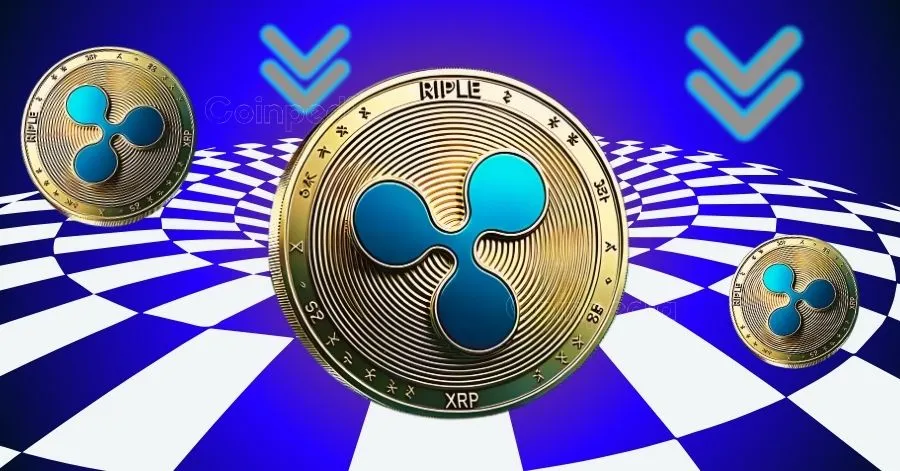Ripple’s $5 Billion Bid for Circle: A Strategic Reappraisal
The cryptocurrency sphere was electrified by Ripple’s ambitious $4-5 billion acquisition proposal for Circle, the entity behind the widely used USDC stablecoin. However, Circle’s refusal to accept this offer has ignited a flurry of conjecture and scrutiny. This report explores the motivations behind Circle’s decision, the strategic ramifications for both companies, and the broader influence on the stablecoin market.
The Backdrop of the Acquisition Bid
Ripple, a titan in the blockchain payments arena, has been actively pursuing acquisitions, most recently snapping up Hidden Road for $1.25 billion. The proposed takeover of Circle would have substantially fortified Ripple’s standing in the stablecoin market, where its own RLUSD has a relatively modest market capitalization of around $317 million, dwarfed by USDC’s $60 billion. This strategic maneuver was seen as a bid to solidify Ripple’s grip on the burgeoning stablecoin sector.
Circle’s Independent Path
Circle’s dismissal of Ripple’s offer underscores the company’s faith in its independent trajectory. As it gears up for a public listing, Circle is positioning USDC as the global benchmark for dollar-backed stablecoins. The company is doubling down on its reputation for transparency, regulatory compliance, and innovation, which it believes will yield superior long-term value compared to a swift acquisition.
Valuation Disparities
A key factor in Circle’s rejection was the perceived undervaluation. With estimates pegging Circle’s worth between $4 billion and $6 billion, the $4-5 billion offer from Ripple was deemed inadequate. This valuation gap underscores Circle’s aspirations and its conviction in the future potential of USDC, which has witnessed substantial growth and adoption.
IPO and Regulatory Milestones
Circle’s emphasis on its IPO and securing regulatory approvals, such as the recent nod from the UAE, further highlights its strategic orientation. The company is positioning itself for a public listing, which it believes will deliver greater value and liquidity for its shareholders. This move aligns with the broader trend of crypto firms seeking public market validation.
Ripple’s Strategic Reevaluation
For Ripple, the rejection of its bid is a setback in its efforts to expand its stablecoin offerings. However, it also presents an opportunity for Ripple to reassess its strategy and potentially explore other acquisition targets or partnerships. Ripple’s recent purchase of Hidden Road demonstrates its readiness to invest in strategic assets to bolster its market position.
Market Sentiment and Future Moves
The cryptocurrency market has responded with a mix of astonishment and speculation. Some analysts predict that Ripple may revisit its bid, potentially sweetening the offer. However, Ripple has not ruled out this possibility but remains undecided at this juncture. The market will be keenly observing to see if Ripple makes a counteroffer or pursues other strategic initiatives.
The Wider Impact on the Stablecoin Market
The rejection of Ripple’s bid has far-reaching implications for the stablecoin market. It underscores the competitive landscape and the strategic significance of stablecoins within the cryptocurrency ecosystem. As Circle and Ripple jostle for market share, other stablecoin issuers may also face heightened scrutiny and potential acquisition offers.
The Future of USDC and RLUSD
The future trajectories of USDC and RLUSD will be closely monitored. Circle’s focus on transparency, compliance, and innovation positions USDC as a formidable contender in the stablecoin market. Conversely, Ripple’s RLUSD, despite its smaller market capitalization, benefits from the backing of a major player in the blockchain payments sector. The competitive dynamics between these stablecoins will mold the future of the market.
Conclusion: A Pivotal Moment
The rejection of Ripple’s $5 billion bid for Circle signifies a pivotal moment for both companies. Circle’s decision to pursue an IPO and concentrate on its standalone strategy reflects its confidence in the future potential of USDC. For Ripple, the rejection is a setback but also an opportunity to re-evaluate its strategic direction. The broader impact on the stablecoin market will be profound, as competitors and market participants watch intently to see how this unfolding narrative unfolds. The future of stablecoins is promising, and the actions of Circle and Ripple will undoubtedly shape the landscape for years to come.












